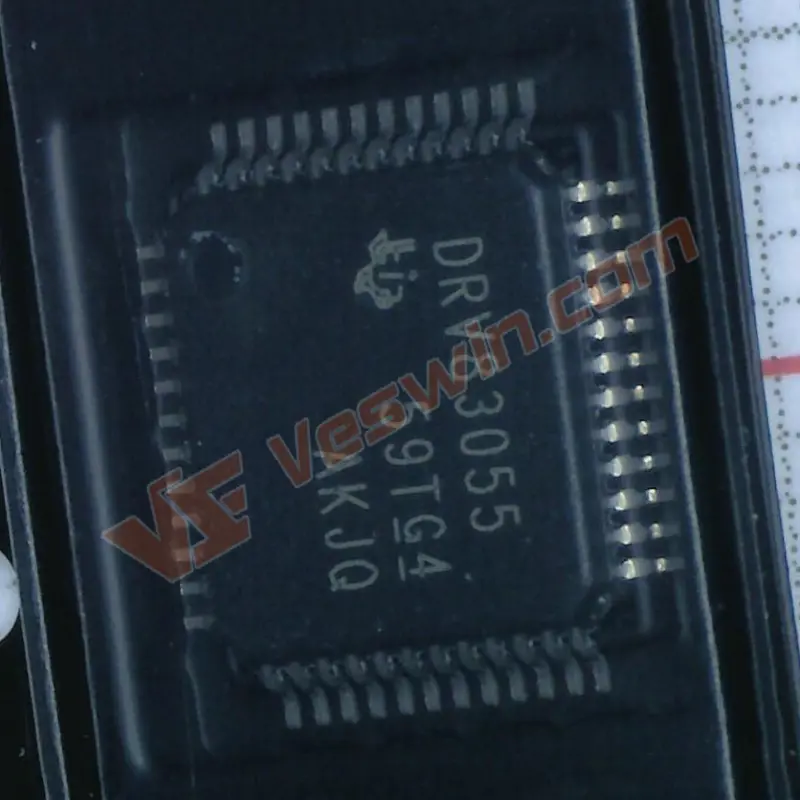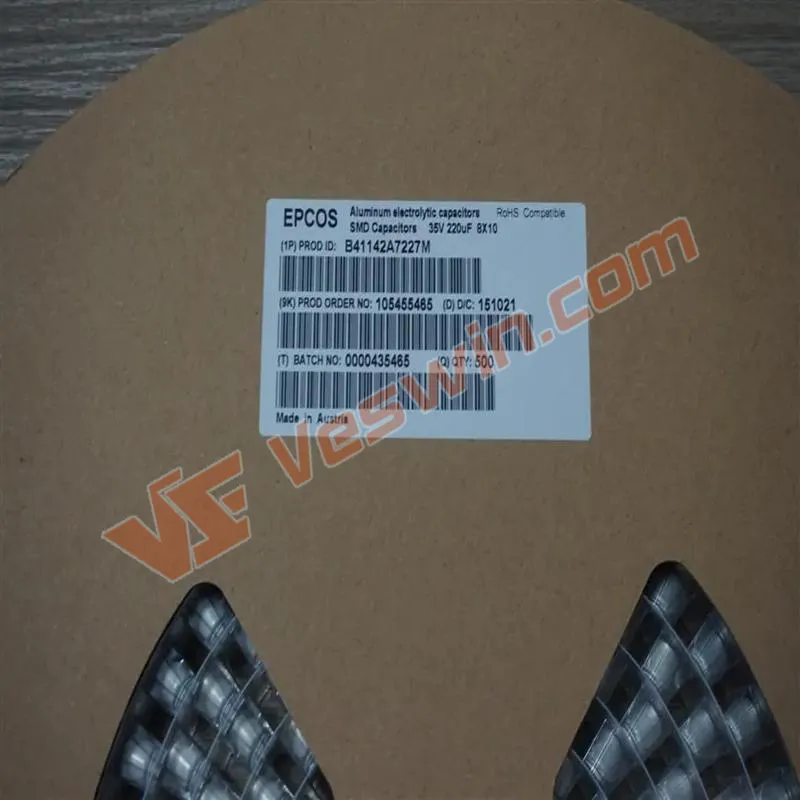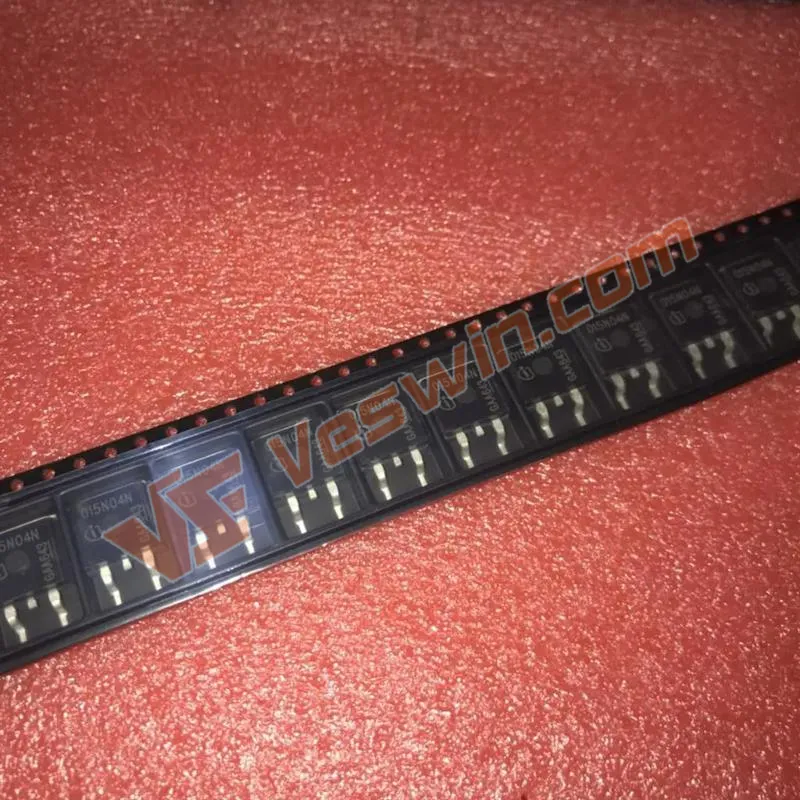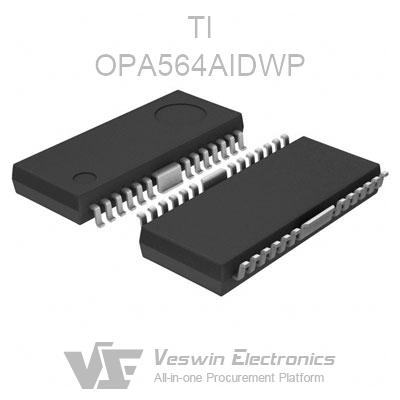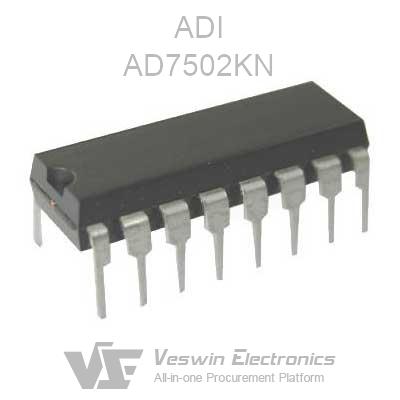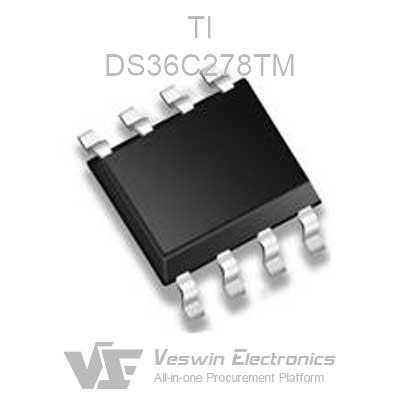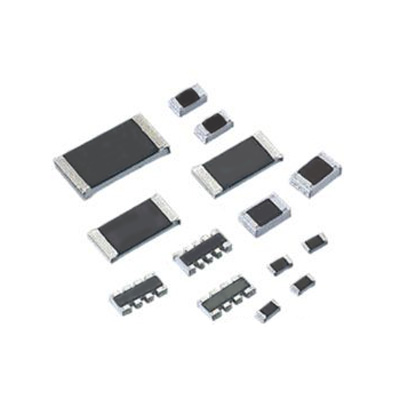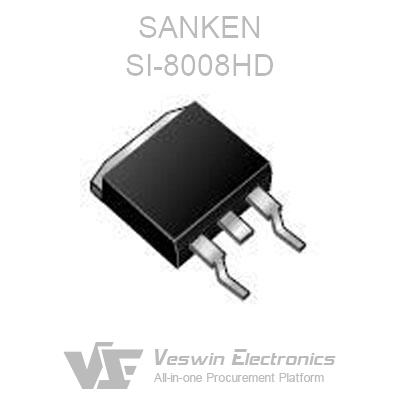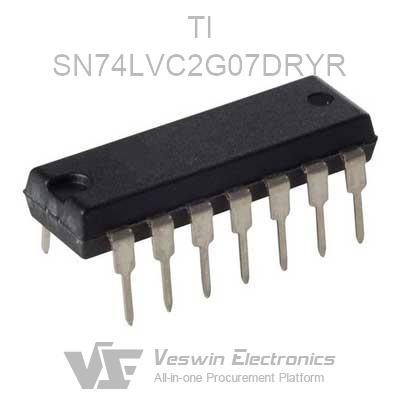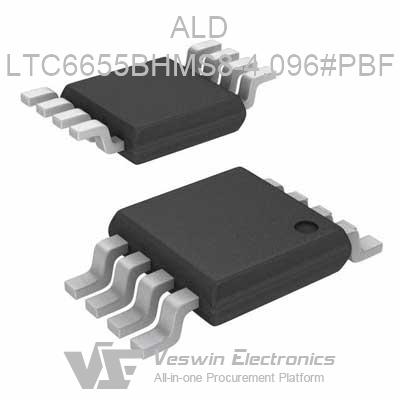LED is an efficient and environmentally friendly new semiconductor light source device. Compared with other light sources, LED in automotive lighting has great advantages and broad application prospects. Using LEDs in series and parallel and other different ways to combine into LED arrays to meet the requirements of automotive lighting intensity.
For the light-emitting characteristics of LEDs, this blog focuses on the working principle of LEDs, driving technology, LED defects and solutions, and their importance in automotive applications, while introducing the MAX16831 chip structure, characteristics, and circuit diagram of the boost mode for automotive headlight driving circuits. The application and significance of LEDs in automotive lighting are discussed to further exploit the practical value of LEDs.
With the improvement of science and technology and the rapid development of social economy, LED products have been widely used in people's life. 21st century, the production and market scale of LED have reached an unprecedented level, and the most important application market of LED is the display of various places, various brands of cell phones, etc.. In addition, LED plays an important role in road, building lighting, interior decoration and many other aspects.
With the rapid development of the automotive industry, LED driver circuit has been widely used in modern automotive electronics, the previous automotive light sources such as headlights are gradually replaced by it. At the same time, LED has high luminous efficiency, short response time (fast response), compact structure (small size), long service life and other characteristics, it will be used in automotive headlights also has a strong color discrimination and anti-glare characteristics.
LED is a semiconductor device light-emitting diode, which is made of certain compound semiconductors. LED is a light source with good resistance to vibration and shock, it is protected by epoxy resin cap, the core is very small, the core is a P-N junction core, so it has the characteristics of the P-N junction, that is, forward conduction, reverse cutoff and overvoltage breakdown characteristics, in certain special P-N junction in the N-type semiconductor refers to the pure crystal silicon doped with a small amount of 5-valent impurities such as phosphorus, arsenic, etc.; P-type semiconductor is in the pure crystal silicon doped with 3-valent impurities such as boron, gallium and other elements that can obtain electrons.
P-type and N-type semiconductors are tightly bonded in the junction region to form a P-N junction. As most carriers diffuse into each other, the N region near the P-N junction is positively charged and the P region is negatively charged, thus creating an internal electric field in the P-N junction with the N region pointing toward the P region. The built-in electric field hinders the diffusive motion of most carriers in the P and N regions and facilitates the drifting motion of a few carriers.
In the PN junction when there is a current through, LED use the diode hole and electron complex process will be released in the form of excess energy in the form of photons, to achieve the effect of LED light. As shown in the figure below, when the positive voltage (P positive N negative), P-N junction barrier reduction will lead to the P region and N region of the majority of carriers to each other region diffusion, the formation of a larger forward current is larger.
When the electrons and holes are compounded in the diffusion process, the energy level will jump from the higher conduction band to the lower valence band, and there will be excess energy released in the form of photons. When the reverse voltage is applied, the LED will not emit light because the P-N junction cutoff makes it difficult to inject minority carriers. The larger the forbidden band width of the material, the higher the energy carried by photons. The greater the ratio of luminous electron-hole pairs relative to electron-hole pairs, the higher the quantum efficiency of P-N luminescence, the stronger the light emitted.
LED drive circuit drive type is divided into constant voltage drive and constant current drive . Because of the constant current drive type LED, in the structure of the P-N junction-based, to be able to exponential relationship to represent the LED voltage and current changes, so the more widely used. Constant-voltage driving method, is generally the use of resistive capacitance step-down or transformer step-down filtering, the use of voltage regulator diodes or switching power supply method, to the LED power supply, but the LED light-emitting characteristics will be in the current constantly changing under the corresponding impact.
The linear regulator in the constant current drive mode has two types of parallel and series, the core is to work in the linear region of the power triode or MOSFET as a dynamic adjustable resistance to control the load. voltage and current at both ends of the LED is not a linear relationship, can not be directly powered by a voltage source, the need to prevent excessive current by limiting the current to avoid damage to the LED.
LED luminous flux and current is not a proportional relationship, the luminous flux increases with the current, they bear different degrees of electrical power, internal resistance and potential barriers are not the same, so they can not be used directly in parallel.
Select the correct and reasonable drive mode should consider the application and its own functional rationality, for any of the mode, are required to choose in the switching power supply control mode, the application of more common are PFM, PWM mode and slip film control, of which the PWM control mode has a simple structure and high flexibility, can maintain a stable frequency in operation, but also need to consider from the energy-saving point of view and other directions, to improve LED instantaneous brightness, and reduce the LED power consumption.
Maxim Integrated Products (MMS) introduced the MAX16831 [16] is a high-voltage, high-power, constant-current high-brightness LED driver with built-in analog and PWM dimming to control two external N-channel MOSFETs. MAX16831 integrates all the blocks necessary to implement a fixed-frequency HBLED driver for wide-range dimming control.
The MAX16831 chip can be operated in boost, buck, and buck-boost modes through different external circuit structures. The principle of a switching power supply operating in boost mode is shown in Figure 2. The on/off state of the switch (MOSFET) in the circuit divides the circuit into two phases: charging or discharging. During charging (switch on) the inductor stores energy, and during discharging (switch off) the inductor transfers its energy to the output load and capacitor, indicating the state of the inductor's energy transfer in these two phases.
During the inductor energy storage phase, the output capacitor supplies power to the load and maintains the output voltage stability. During each switching cycle, the inductor is the core of the energy to achieve the transfer from the power supply to the load. Under the control of the controller, the switching power supply will not work properly without the inductor when the switching state of the switching tube MOSFET is switched. When the MOSFET tube is on, the current flows through the inductor and MOSFET tube under the action of the input voltage VIN, the inductor then stores energy and the diode VD is cut off. At this time, the capacitor provides power to the load.
In the MOSFET tube cutoff, the inductor current from the peak linear decline, the inductor has the ability to maintain constant current, will generate the induction electromotive force, the sign of the electromotive force is left negative right positive. The inductor potential and the input voltage VIN superimposed, so that the inductor and capacitor together to supply power to the load, to achieve the purpose of load boost. MAX16831 constitute the boost circuit diagram is shown in Figure 3 below.
Figure 2 Boost circuit diagram
Figure 3 MAX16831 boost circuit diagram
LED lighting industry belongs to the high-tech industry, with the continuous development and progress of science and technology in China, the application of LED lighting technology is becoming more and more common. Therefore, it is extremely important to optimize the technology enhancement of LED automotive lighting industry.
The current defective problems of LED are the problems brought by inconsistency (the purity of materials, process and packaging differences), the problem of complex driving circuit and the cost of LED. To address these issues, manufacturers should improve the quality of automotive lighting LEDs to avoid large differences, and should also design the appropriate protection circuit. Try to use a dedicated driver chip in the design to simplify the driver circuit structure and enhance system stability. If the power supply circuit complexity and failure rate will rise, thus greatly limiting the competitiveness of the market.
The importance of LED in automotive electronics is reflected in the following two aspects,
The first is to have the advantage of practical applications, lighting is much smaller than the size of traditional lighting devices.
The second is the service life, LED can maintain 10,000 hours, far more than the ordinary light bulb 300 hours, indicating that LED will not be burned out at the end of the life of the car, will bring corresponding convenience to the manufacturer.
LED driver circuit in modern social life is more and more widely used, this paper on the LED driver circuit in automotive lighting applications related to a brief description, and through the analysis of the introduction of MAX16831 chip, to understand the LED driver circuit to achieve the application of automotive headlight lighting basis for the subsequent implementation of the design of automotive headlight driver circuit to lay the theoretical foundation, and finally for the LED defects put forward the Finally, the corresponding solutions are proposed for LED defects, so that the LED driver circuit system is more safe and reliable.
Hot News
